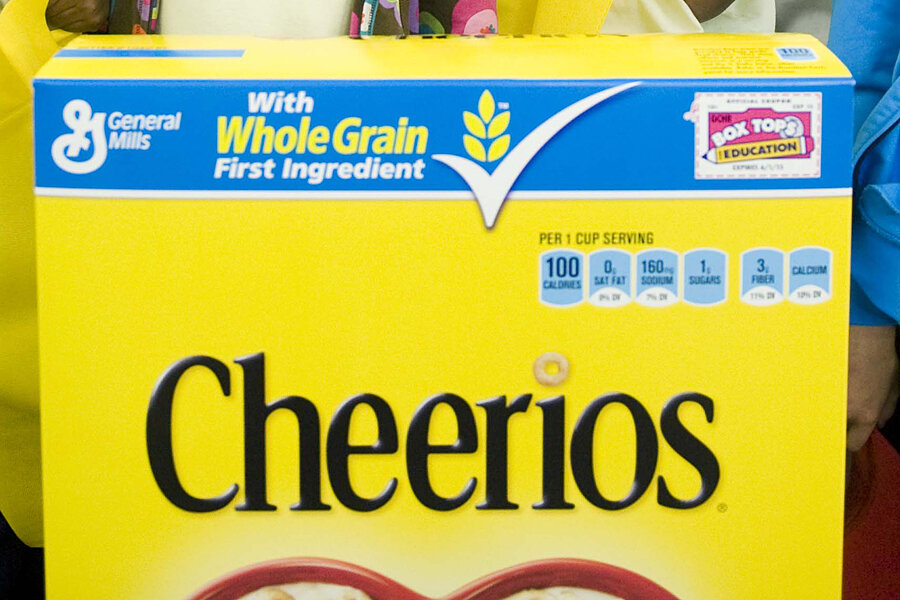Cheerios with quinoa coming in January. Can it save cereal?
Loading...
Grains and carbohydrates have had a rough go of it in recent years. Some see products like pasta, bread, and cereal as nutritionally suspect, thanks to the gluten-free craze, the lingering influence of the Atkins diet phenomenon, and a dash of credible research. Cheerios has decided to fight back with a few grains that have a bit of a better reputation these days.
General Mills will start selling “Cheerios + Ancient Grains” in January, a new variety containing small amounts of quinoa, Kamut wheat, and spelt, along with the usual Cheerios oats. As NPR explains, “ancient grains” is a bit of a misnomer: quinoa and spelt aren’t necessarily older than wheat, just less ubiquitous. “No one seems to know who first came up with the term,” NPR writes. “It certainly has little basis in history or botany.”
Despite such dubious origins, the popularity of such grains has exploded in recent years as part of the rise of “superfoods” – fruits, vegetables, grains, and some meats that acolytes claim deliver outsized nutritional benefits (blueberries, kale, and salmon are common examples, though the definition is very broad).
Once relegated almost entirely to boutique health food stores, quinoa, a grain grown primarily in the Andes mountains of Peru, has seen its imports to the US surge from 7.66 million pounds in 2007 to 68.9 million pounds in 2013, according to Datamyne, Inc., firm that tracks trade data. In addition to riding the superfoods wave, quinoa and other ancient grains benefit double from booming gluten-free market, which is expected to top $6.6 billion by 2017 according to Packaged Facts, a market researcher. Many ancient grains can be ground into a flour to be used for gluten-free pasta, cookies, and more.
That’s great for quinoa and spelt, but not so great for the cereal industry, which still relies primarily on less exotic ingredients like oats, wheat, and sugar for its existence. Cereal sales in the US are expected to fall to $9.7 billion this year, down from close to $14 billion in 2000. Cereal was already losing ground to yogurt, granola bars, juices, and a growing array of other breakfast options, but that growing aversion to traditional grains likely isn’t helping matters.
In response, companies like General Mills are working to staunch the losses on two fronts: catering to nutritional concerns, with the new Cheerios variety and products like flaxseed enriched oatmeal on one end. On the other, they’re playing to the nostalgia of Millennial consumers who grew up eating sugary fare like Frosted Flakes and Cap’n Crunch in cereal’s 1990s heyday – the hope is that such consumers will buy cereals as an occasional treat, even if they no longer serve as a primary breakfast option.
To that end, General Mills made another major cereal announcement this week: the return of French Toast Crunch, a popular Cinnamon Toast Crunch variant that was discontinued in 2006. “We have been overwhelmed by the consumer conversations, requests, and passion for the cereal to come back,” General Mills said in a blog post announcing French Toast Crunch’s return to shelves.
That dual approach can be found even within the Cheerios brand itself. On the nutritional end, there's the "Ancient Grains" variety, and Cheerios Protein. On the sugary end, there's Chocolate Cheerios, Fruity Cheerios, and recently added Dulche de Leche Cheerios.








